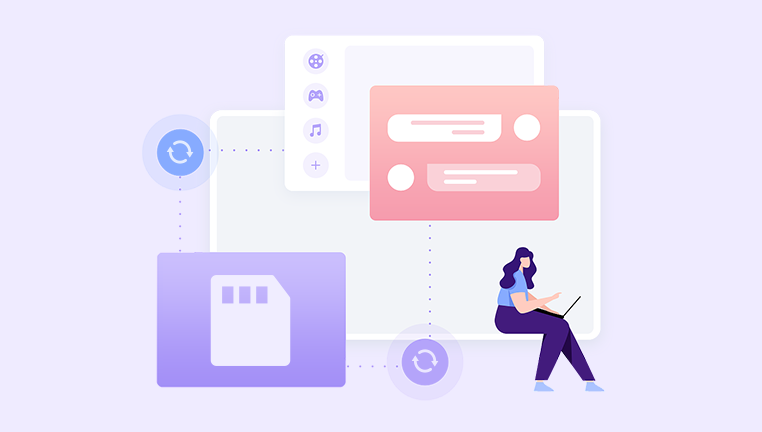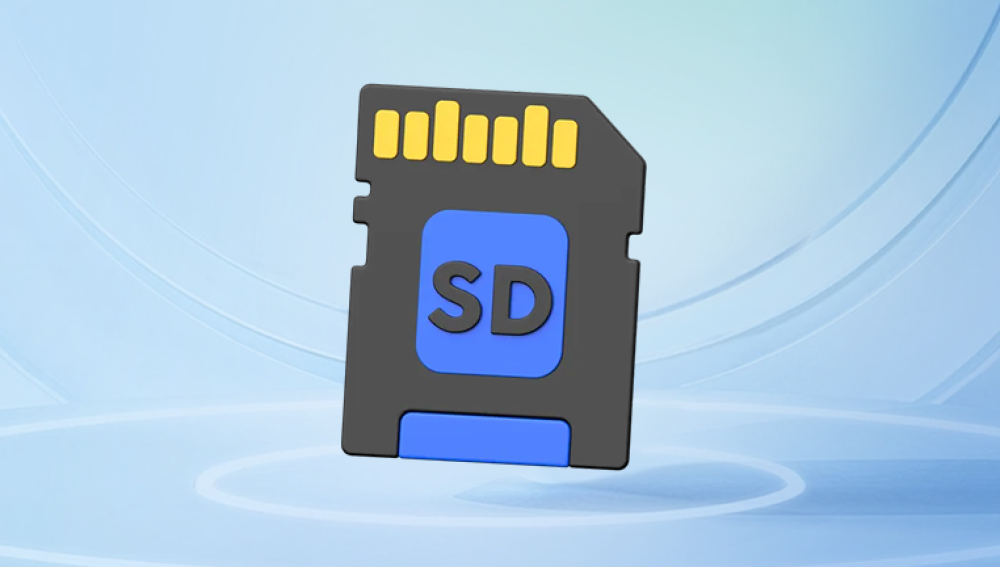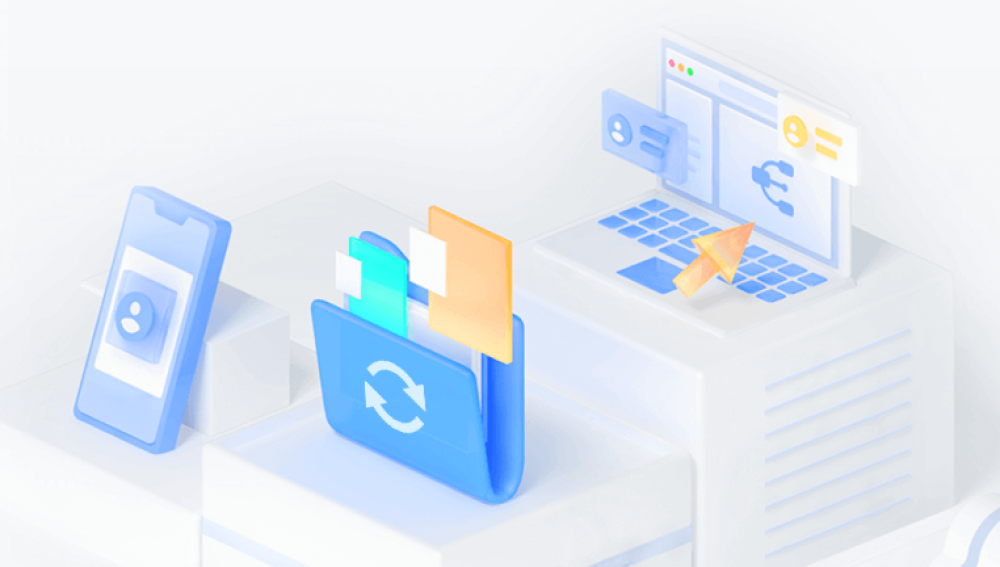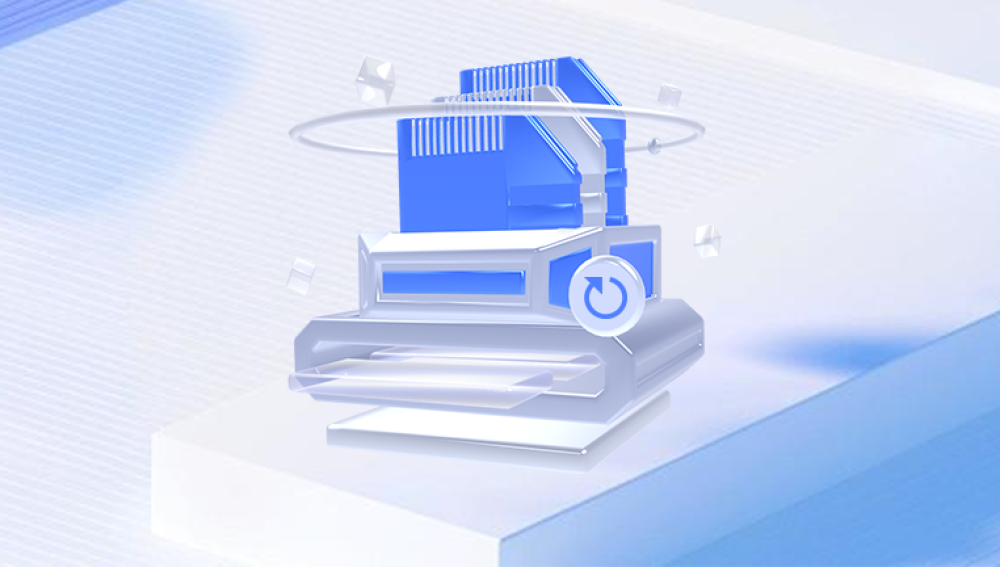Formatting an SD card can feel like a final, irreversible act. Maybe you did it by accident. Maybe your camera or phone prompted you to format the card before you realized what was happening. Or maybe you thought formatting would fix corruption issues—only to discover you’d wiped out everything important.
1. What Happens When You Format an SD Card?
When you format an SD card, your device deletes the file system structure that indexes your files. However, the actual data isn’t erased immediately. Instead, the system marks the space as available for new data. That means:
Quick Format: The file table is cleared, but data remains recoverable with the right tools.
Full Format: The card is wiped more thoroughly, sometimes with overwriting much harder to recover.
Most device-initiated formats (in cameras, phones, or via Windows/macOS) use quick formatting by default. So if you haven’t written anything new to the SD card since formatting it, there’s a good chance your files are still there, waiting to be recovered.

2. Common Reasons for Formatting SD Cards
Understanding how and why SD cards get formatted can help you prevent future data loss and determine the best recovery method. Common scenarios include:
Accidental formatting: Selecting the wrong card or drive during setup or file cleanup.
Device prompts: Some cameras or phones request formatting when an SD card is inserted.
Corrupted file systems: Devices or computers may format to "fix" a corrupt card.
File system errors: Windows may ask to format an unreadable drive.
Switching between devices: Moving cards between phones, cameras, or computers can lead to incompatible file systems that require formatting.
In most of these cases—especially if no new data has been written—recovery is still possible.
3. Crucial First Steps After Formatting
Time is critical. If you want the best chance of recovering your files:
Stop using the SD card immediately. Every read/write action increases the risk of overwriting your old data.
Do not take new photos or videos. Media files are large and will quickly overwrite existing data.
Do not run disk cleanup or defragmentation tools.
Set the SD card aside until you can begin recovery with your computer.
Even a small amount of new data can overwrite hundreds of previously stored files.
4. How to Recover Files from a Formatted SD Card
Option 1: Use Data Recovery Software
Drecov Data Recovery
Drecov Data Recovery offers a quick and reliable solution to help you recover your data. Whether you formatted the card in a camera, phone, or computer, Panda’s powerful scanning technology can restore photos, videos, documents, and more.
To begin, stop using the SD card immediately to avoid overwriting the lost data. Then, download and install Drecov Data Recovery on your computer make sure not to install it on the formatted SD card. Insert the SD card using a card reader, and launch the software.
Once the SD card is detected, choose it from the list of drives and select the Deep Scan option. This scan will thoroughly search your formatted card for recoverable files. After the scan completes, you’ll see a list of found files, many of which can be previewed before recovery.
Select the files you want to restore and save them to a different location—never back to the SD card itself. Drecov Data Recovery makes it simple for users of all levels to retrieve files from formatted SD cards safely and efficiently, helping you recover valuable data in just a few steps.
Step-by-Step Guide to Recovering Files Using Drecov Data Recovery
Drecov Data Recovery is one of the simplest and most effective tools for recovering data from formatted SD cards. Here's how to use it:
Step 1: Install Drecov Data Recovery
Download Drecov Data Recovery from the official website. Install it on your computer’s internal drive—never install it on the SD card you're trying to recover from.
Step 2: Insert the SD Card
Use a USB SD card reader or the card slot on your laptop. Make sure the computer recognizes the card and assigns it a drive letter.
Step 3: Launch the Software
Open Drecov Data Recovery and select your SD card from the list of connected storage devices.
Step 4: Choose a Scan Mode
Quick Scan is faster and may find recently deleted files.
Deep Scan takes longer but scans every sector of the SD card. This is ideal for formatted cards.
Step 5: Preview Found Files
After the scan, Panda will show a list of recoverable files. You can preview photos, documents, and videos before restoring them.
Step 6: Recover Your Files
Select the files you wish to recover and click “Recover.” Save them to a different drive (e.g., your desktop or an external hard drive)—never to the same SD card.
Option 2: Use PhotoRec (Advanced, Free)
If you’re comfortable with command-line tools, PhotoRec is an open-source recovery program with powerful capabilities.
Steps:
Download PhotoRec and run it.
Select the SD card as your source.
Choose the partition type (usually FAT32 or exFAT for SD cards).
Select a recovery directory on your computer.
Let it run—it can take a while but is very thorough.
5. Recovery Tips for Different File Types
Photos (JPEG, RAW, PNG): Most recovery tools detect these easily. Be sure to preview them before saving.
Videos (MP4. MOV): Videos may be fragmented. Some tools (e.g., Stellar Video Repair) can help repair partially recovered files.
Documents (PDF, DOCX, XLSX): Text-based files often survive formatting well and are easier to recover fully.
App or System Files: These are less important for most users and often not recoverable if overwritten.
6. What to Do If Files Don’t Show Up After Scanning
Sometimes, recovery software won’t find your files right away. Try these:
Run a deep scan instead of a quick scan.
Try a different tool. What one program misses, another may find.
Check RAW partitions. If your SD card shows as RAW, recovery software might still locate the data.
Use signature-based recovery. Some tools scan for specific file types regardless of the file system.
7. When to Use a Professional Recovery Service
If your SD card:
Is physically damaged or not recognized at all
Has been fully formatted and overwritten
Contains critical business or legal data
...then it’s best to turn to professional services. Companies like DriveSavers, Ontrack, and Secure Data Recovery offer lab-grade solutions with cleanrooms and specialized tools.
Drawbacks:
Expensive (can range from $100 to $2000+)
Time-consuming (days to weeks)
Not always 100% guaranteed
But in extreme cases, it may be the only viable option.
8. How to Prevent SD Card Data Loss in the Future
A. Make Regular Backups
Use cloud services (Google Drive, iCloud, Dropbox)
Copy files manually to your computer or external drive
Use backup software for automation
B. Use Quality SD Cards
Stick to reputable brands like SanDisk, Samsung, Lexar
Avoid unbranded or counterfeit cards from unknown sellers
C. Format Properly
Always format cards in the device that will use them
Use “Quick Format” instead of “Full Format” unless necessary
D. Handle SD Cards Safely
Avoid removing cards while files are being transferred
Use “Safely Remove” or “Eject” features on your computer
E. Watch for Warning Signs
Frequent errors or corrupted files
Card not being recognized
Slow transfer speeds
These could signal an impending card failure. Replace the card immediately if you experience any of these.
9. Frequently Asked Questions (FAQs)
Q: Can files be recovered from an SD card after a full format?
A: It’s harder but sometimes possible. A full format overwrites more data than a quick format. If nothing has been added to the card since, try a deep scan.
Q: What are my chances of full recovery?
A: If the card was quick-formatted and not used afterward, your chances are high (80–95%). The more it’s been used, the lower the odds.
Q: Can I recover files from an SD card using a phone?
A: Android phones generally don't support recovery software directly. It’s best to use a computer and a card reader.
Q: Is free recovery software safe to use?
A: Yes, if it’s from a reputable source. Avoid tools that require payment to preview files or that contain excessive ads or bundled software.
Q: Should I recover files back onto the SD card?
A: No. Always recover files to a different storage location to avoid overwriting.




